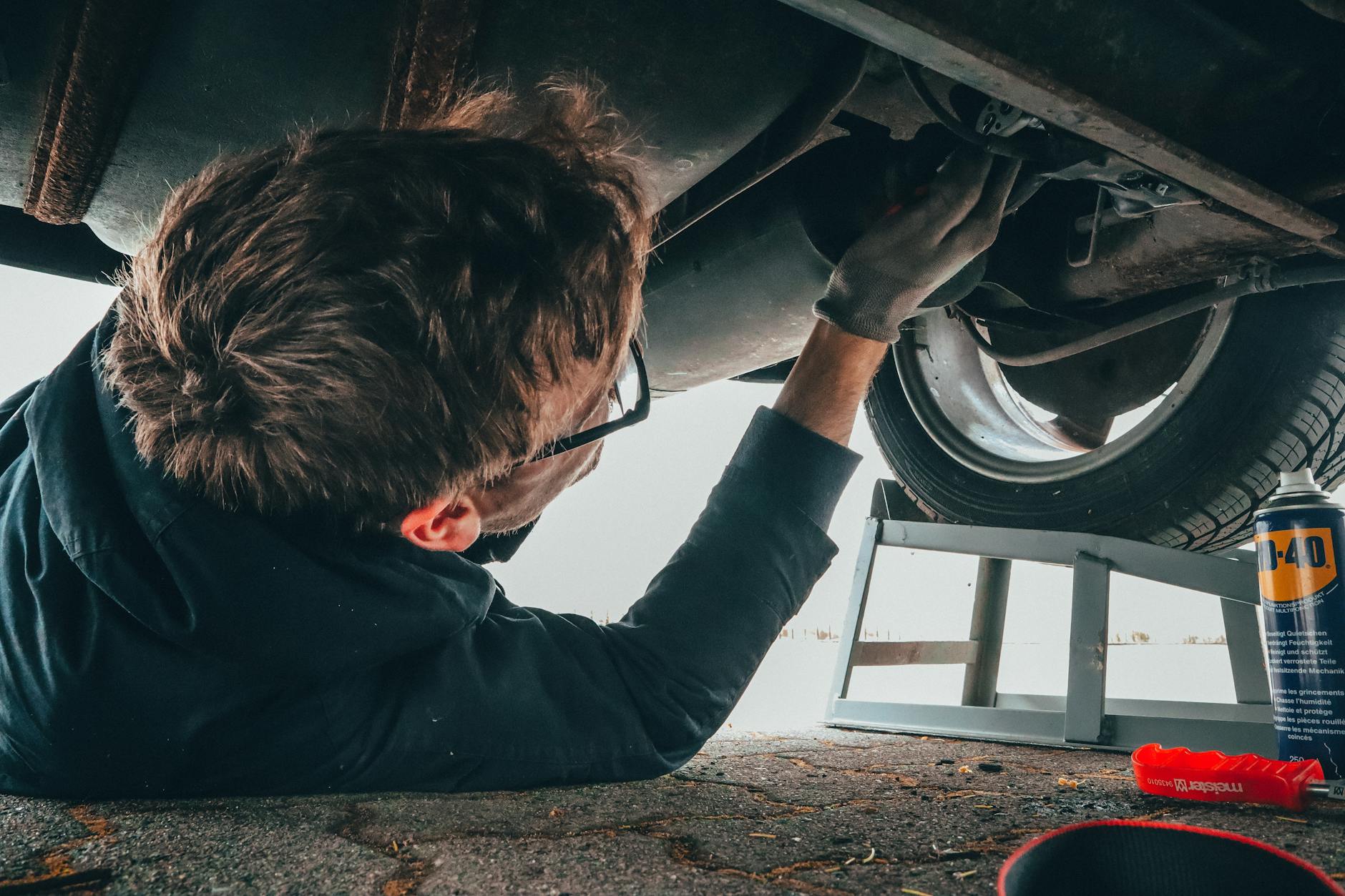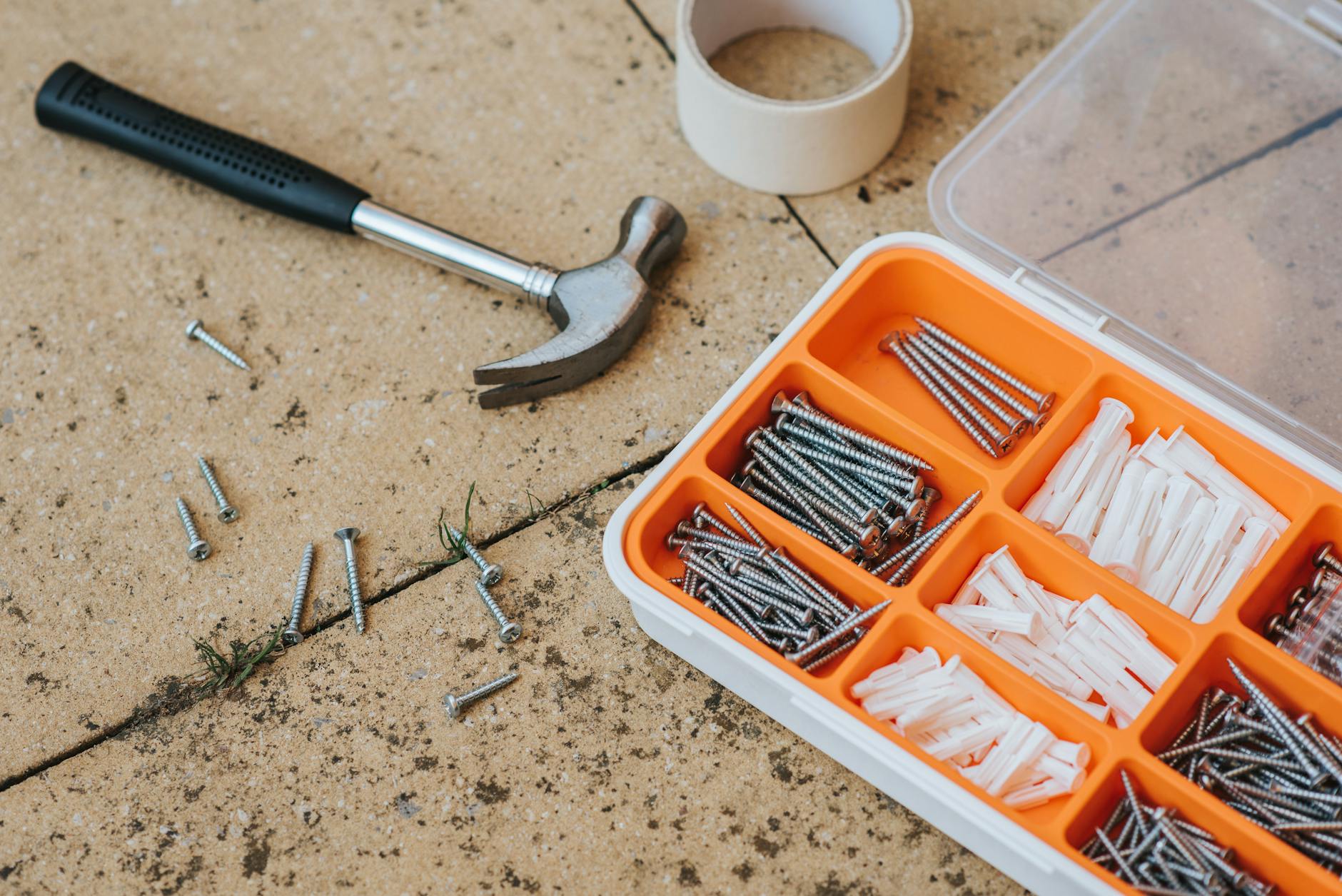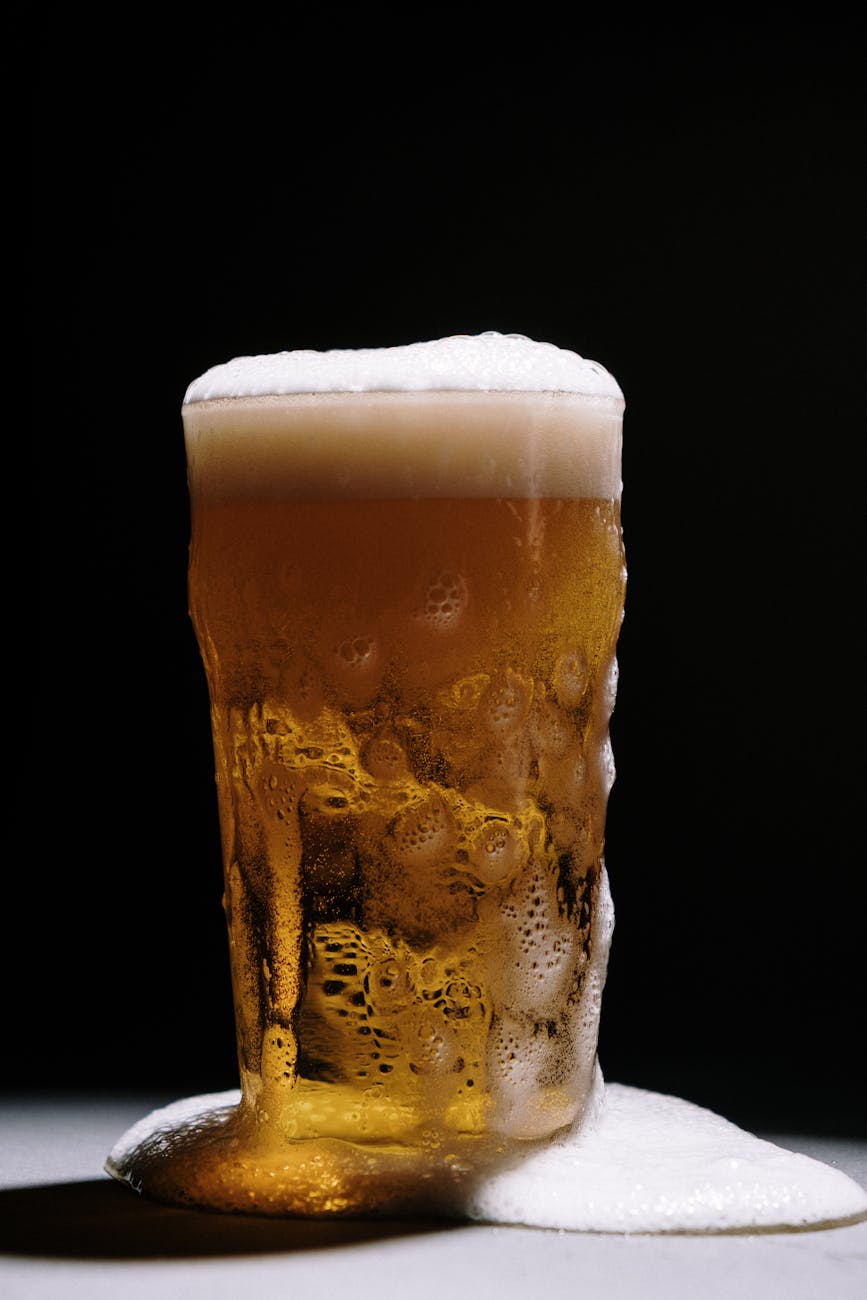Well in thinking about bike upgrades, I seem to be traveling down the familiar road of needing out to save a pound on the bike. Was super fun then and it still is now. So if you have a nice bike, what should you upgrade. Well here is the conventional wisdom from 10 years ago and how it has changed, so in order of difficulty of saving weight
The Easy Stuff: Yourself and your gear 3-4 pounds
First of all, it is upgrade yourself. That is, if the choice is between losing a pound on the bike or five pounds on yourself, the obvious choice is yourself. Or course that isn’t really that much advice as the whole point of riding is to get in shape anyway, but it does put things into perspective.
Second is what are you carrying on your ride. Do you really need all that stuff. Cutting things down to what you need (like not the 1 pound multitool or a really light pump) is easy to do. But let’s get to the upgrades that can really help.
Improved Saddles: 100 grams saved
But what are the other places to lose some weight, well, the saddles is one place. I just swapped a 250 gram Fizik for a 160 gram Scoop flat and not only is it more comfortable but it is definitely quite a bit lighter.
Aerobar and stem: Lighter and more aero
This is the latest technology which merges the stem and handlebars. They are the latest things and before this have been not adjustable, but the latest 2018 models have fixed this, so best to probably wait to replace until the new models come out
Stems: Saving another 100 grams
If you can’t wait, then you can start with your stem. This is another place to save some weight and is somewhat easier to replace than a handlebar, you can usually just pop the bar off and put the new stem in. There are not many reviews of this but Fairwheel does a pretty good job of being analytic and there are some amazing products with equally amazing prices:
ENVE Carbon. 4mm with 120.1g weight made of carbon fibre for $265, if price is no object, this seems to have the best stiffness to very low weight.
3T Arx Team. 3.8mm deflection with 129.4g aluminum with 3.8mm deflection.
Mcfk Carbon. If you are light and don’t need that much strength then this is the stem for you at 88.6g and 4.74mm deflection. You pay for at $329 if you can find it.
Control Tech Ti-Mania. 4.01mm deflection with 132.1g made of Titanium but is $299
Handlebars: Being more aero and 50-100 grams
The main reason to do this as explained by Cycling Weekly is that the more narrow the bars, the more aerodynamic you will be. And for fit reasons, you can choose between traditional drop and shallow drop. It turns out this helps your aerodynamic positioning quite a bit. The main thing is to make sure your forearms are completely horizontal. If you hold this position while on the drops, you CD is about .3 but if you are horizontal on the bar tops, you are more aero, but of course you can’t pull as hard.
For comparison, the most slippery car is the Tesla X at 0.24, so you can see that being in the right position makes a difference.
Then the secondary factor is weight. This is one area where carbon fiber isn’t a true winner because it has is only strong in one direction and handle so you normally save about 20-40%, but the other problem is that they are more fragile. In fact, I’ve broken two carbon fiber bars, but on the other hand, breaking is different with aluminum as it tends to bend instead of shattering.
That being said, there is quite a difference in price between a standard bar set with is 350 grams and a 250 gram one that is for pros. It is a bit harder to install though as you have to take apart the bar tape and remove the shifters, etc, so not my first choice and probably close to the last.
Aero Bar/Stem. If you want the very best, then to save 5 watts, you can get a combination bar/stem. While 5 watts may not seem like much, it makes a difference for the average rider who is putting out 150-200 watts, that means you in an hour ride, you are theoretically going to be 2-3% faster, that’s about one minute, huge in a race
Going to 31.8mm is also common mainly to increase the stiffness of the handlebars, if you are a bending bars while pedaling.
Some other Handlebars to consider
The measurement of these is really pretty subjective, so you need a review which does the test on twisting and aerodynamics which is what Fairwheel has done back in 2016, they measure the bend vs weight, so you can see the bars that are stiff and yet also light. With this criteria, here are some things to thing about. But basically looking at the ratio of deflection to weight, here are the key ones to look at are those that are less than 200 grams and deflect less than 4mm:
Schmolke Full Over. This is just 158g with a 3.11 mm deflection.
Schmolke TLO. This is 148g with 4.43mm deflection, but this seems like a big tradeoff.
Easton E100 which is just 178 grams with a 4.13mm deflection for a 42cm bar it has a 120mm drop and a 86mm reach costing $250 at Chain Reaction Cycles.
ENVE Standard Carbon Road bar make a $350 bar at 197.4grams at 4.55 mm which is way more expensive for something both heavier (slightly) and more deflection.
Mcfk makes a specialty model that is very hard to find which is 172grams with 4.56mm deflection and is also carbon.
Then there are some other reviews in cycling weekly that mention:
For upgrades, some to consider are the 40cm wide Fizik Cyrano 00. As a Carbon bar, it is expensive at $280. It is just 174 grams for that width and had a traditional drop.
Slightly heavier but more aero is the Ritchey WCS Steemer II at 235 grams, but more aero also at $280. Or the Ritchey Superlogic Logic II at 190 grams
And for $140, you can get the Deda superLegarrio at 180 grams for 42 cm.






